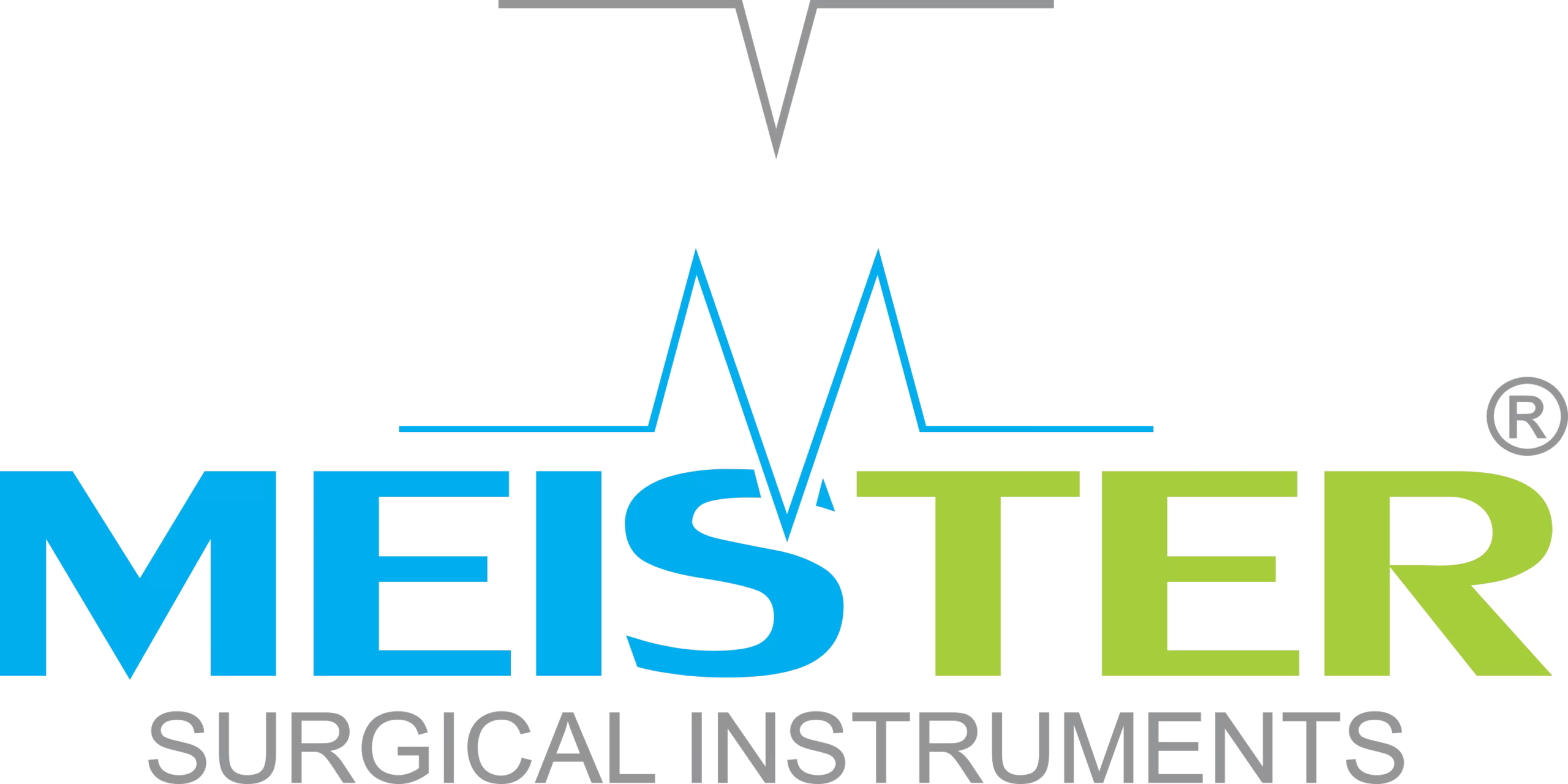Surgical retractors are essential instruments in nearly every surgical procedure. They are designed to hold back tissues, organs, or incisions, giving surgeons a clear view and better access to the operative site. Understanding the surgical retractors types is crucial for medical students, surgical technicians, and healthcare professionals who want to master surgical instrumentation.
In this blog, we will explore the main categories of surgical retractors, their functions, and examples used in different surgical specialties.
What Are Surgical Retractors?
A surgical retractor is a handheld or self-retaining instrument used to keep tissues apart during surgery. Retractors improve visibility and allow the surgeon to work without constant manual retraction.
Retractors can be classified broadly into two main categories:
- Handheld Retractors – Require an assistant to hold them in place.
- Self-Retaining Retractors – Feature a ratchet or mechanism that allows them to stay in position on their own.
Main Surgical Retractors Types
1. Handheld Retractors
Handheld retractors are simple instruments that rely on a surgical assistant to hold them in place. They are ideal for smaller procedures and allow for quick repositioning.
Examples:
- Senn Retractor – Double-ended with one blunt and one rake end.
- Army-Navy Retractor – Straight, flat, and used in general surgery.
- Ragnell Retractor – Small, delicate retractor for fine tissue work.
2. Self-Retaining Retractors
Self-retaining retractors free the assistant’s hands by locking in place. They are highly useful for prolonged surgeries.
Examples:
- Weitlaner Retractor – Features sharp or blunt prongs, common in orthopedic procedures.
- Gelpi Retractor – Self-retaining with single-pointed tips for deep tissue retraction.
- Balfour Retractor – Used in abdominal surgeries for wide exposure.
3. Specialty Retractors
Certain retractors are designed for specific surgical fields, offering precise retraction for specialized procedures.
Examples:
- Finochietto Retractor – Used in thoracic surgery to spread ribs.
- Harrington Retractor – Known as the “sweetheart retractor,” used for liver retraction.
- Meyerding Retractor – Common in spinal surgery.
4. Dynamic Retractors
Some modern retractors are designed with articulating arms, light attachments, and ergonomic handles, giving surgeons maximum control and reducing fatigue.
Importance of Choosing the Right Retractor
Selecting the right retractor type ensures minimal tissue trauma, better exposure, and shorter surgical time. Hospitals and surgical centers typically stock a variety of retractors to match different surgical needs.
Final Thoughts
Understanding surgical retractors types is key for surgical teams aiming for precision and efficiency in the operating room. From handheld retractors like the Senn to self-retaining ones like the Weitlaner, each instrument serves a specific purpose. At Meister Surgical, we provide high-quality surgical retractors made of premium stainless steel to meet the needs of modern surgery.
🔗 Explore our surgical instruments collection to find durable, reliable retractors for every specialty.

